The Freedoms of the Air - Can an Airline Simply Fly Anywhere it Wants to Fly?
Hey there again, dear readers and fellow aviators. It is time for some Aviation Know How again. This article is all about the nine Freedoms of the Air! Enjoy the graphics I made :)
Let us assume that you open up a new airline: Liberty Airways. It is based in Country A (how creative’s that!). You see a great demand so you buy plenty of aircraft, to carry all these potential passengers all around the world with the speed of light and to grab all the market share! But wait:
CAN AN AIRLINE FLY EVERYWHERE IT WANTS TO?
Certainly not. There are several potential obstacles if and airline wants to start a service between its own country and another one. There are 1000s of different Bilateral Air Service Agreements and Transit Treaties between countries, because every state has, of course, an economical interest and is probably not interested in other airlines destroying one’s own market. Below I mention some of the points those bilateral (sometimes even multilateral) agreements address:
- The Market Access
- Allowed Seat Capacities between concerning countries
- The Tariffs
- Overflying Rights
- Landing Rights
THE FREEDOMS OF THE AIR
To make things a little easier for airlines, the Chicago Convention (Later the ICAO) settled up the Freedoms of the Air in 1944. These standardized Air Agreements can be seen as some kind of fundament or basement for the international commercial aviation route network.
But the term freedom is a bit misleading. The Freedoms of the Air apply only within the scopes of the multi- and bilateral agreements and treaties, mentioned above, that actually allow them.
TRANSIT RIGHTS
The Transit Rights (these are the first and the second Freedom) grant the right for an airline to pass through a country without bringing traffic to it that originates there.
THE FIRST FREEDOM
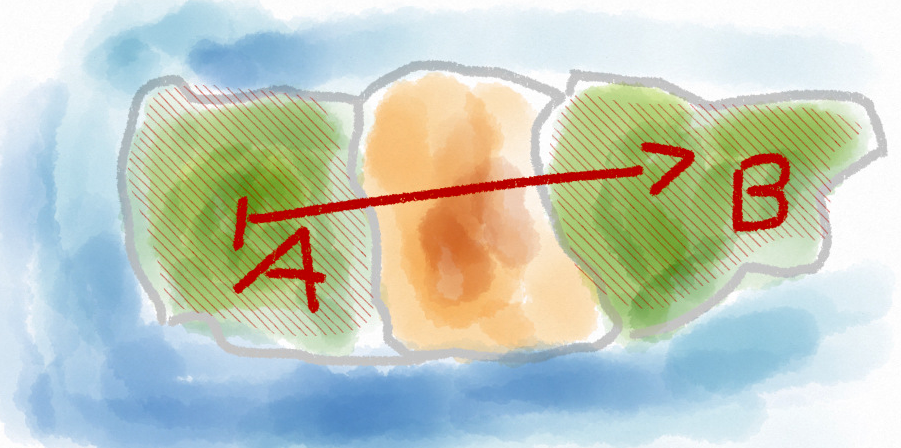
This is the right to overfly a country without landing there.
Just imagine this example: Liberty Airways, originated in country A overflies another country in order to reach country B
THE SECOND FREEDOM
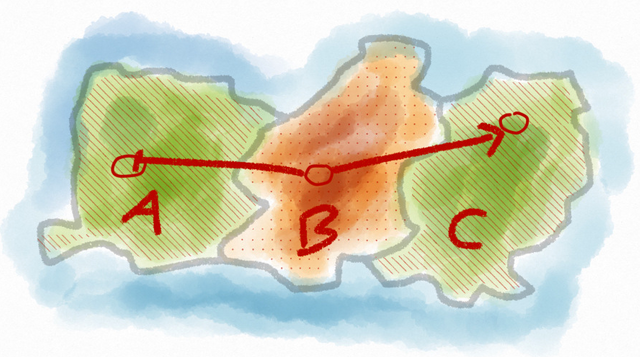
This is the right to make a technical stop in a foreign country (for maintenance or refueling reasons) without unloading passengers or air freight.
Let us go back in time for this example. A German Airline departs in Frankfurt, heading to New York in the United States in the 1950s.
Today, that distance is a joke for modern mid- to long range aircraft. But back in these days, it was not uncommon to make a refueling stop in Greenland or Halifax, to reach the final destination.
TRAFFIC RIGHTS
Traffic rights allow airlines to operate commercial international services to or within countries that are parties of an air service agreement.
THE THIRD FREEDOM AND FOURTH FREEDOM
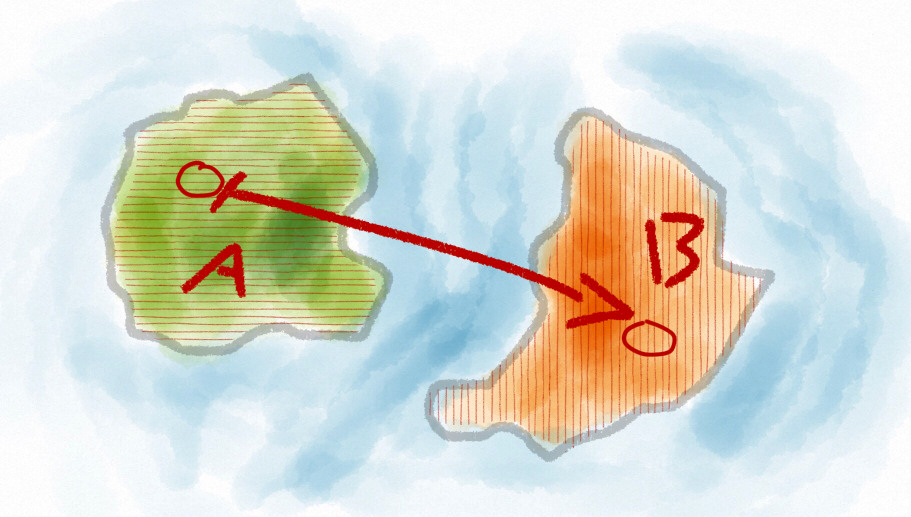
This is the right for own’s own country to fly to another. This is pretty self-explaining I guess. In reality, However, this right is often restricted or bound to conditions due to bilateral contracts.
Emirates, for example, is only allowed to land at four destinations in Germany (namely Hamburg, Frankfurt, Munich and Dusseldorf).
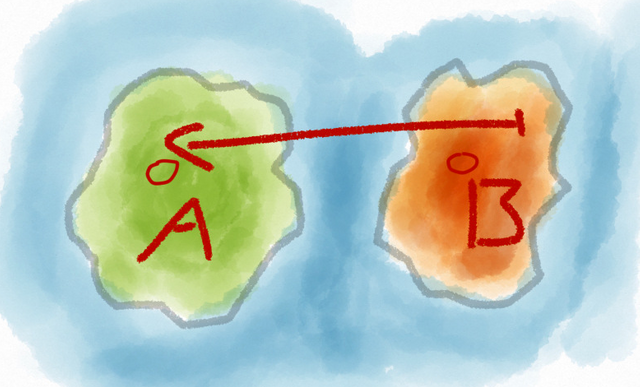
Of course you want to have your plane back in your home country after a certain time. This right simply grants the right to fly back home from a foreign country.
THE FIFTH FREEDOM
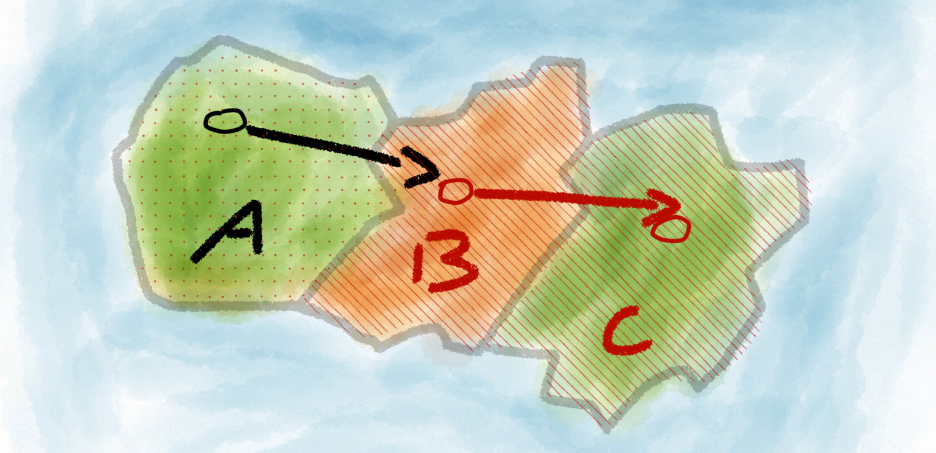
The right to fly within two foreign country on a flight that begins or ends in the airline’s home country.
THE SIXTH FREEDOM
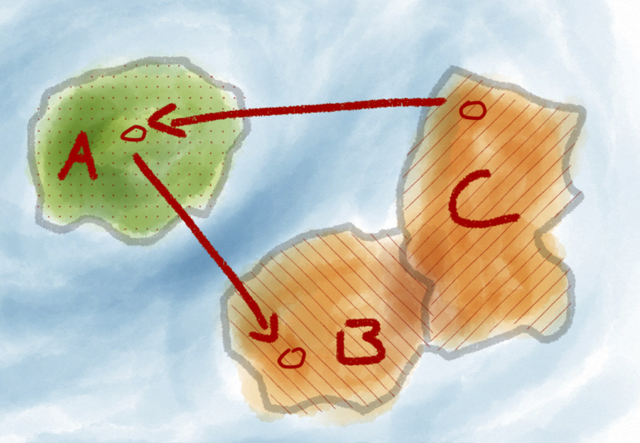
The right to carry freight or passengers from a foreign country over the airline’s home country to another foreign country.
THE SEVENTH FREEDOM
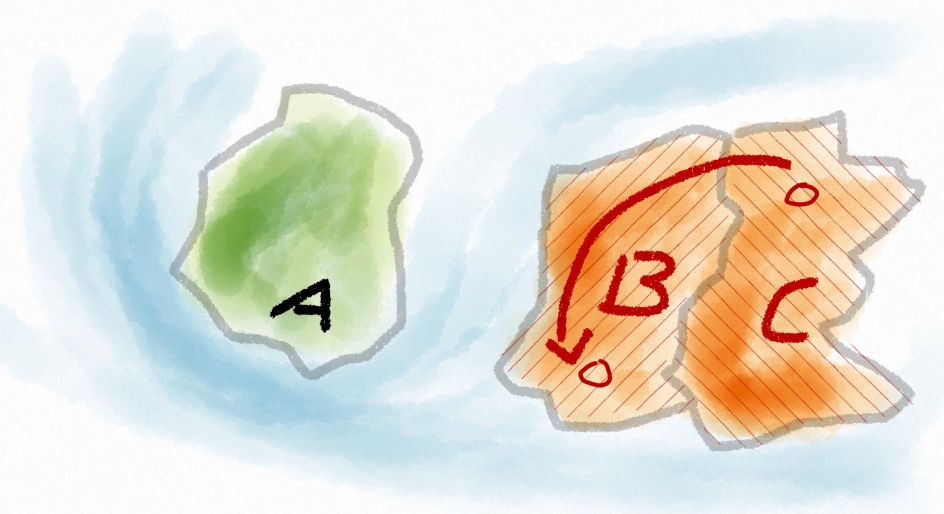
This right is very uncommon if you take out the European Union. This freedom grants the right to carry out air service between two foreign countries.
This is obviously not in the economical interest of the most countries. Imagine your freshly founded Liberty Airways would just rush into country B and C, declaring that it will now carry out air services between them, to push away B’s home carrier!
CABOTAGE
Cabotage is the transport of goods or passengers between two points in the same country by a vessel or an aircraft registered in another country (The American Heritage Dictionary of the English Language, Fourth Edition)
EIGHTH AND NINTH FREEDOM
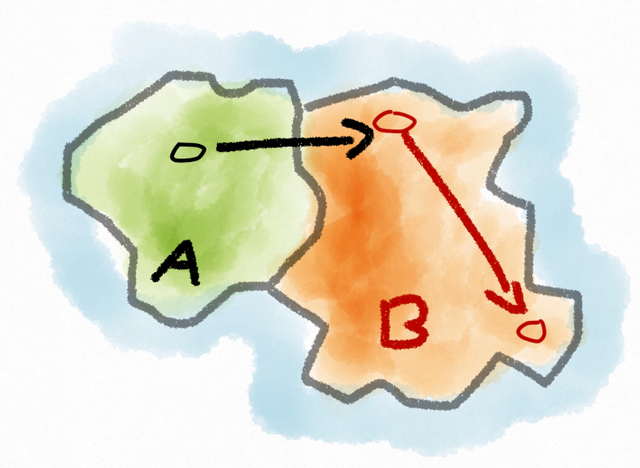
The 8th freedom is, again, extremely uncommon. It grants the right to operate services within a foreign country with originating or ending in the airline’s home country.
The European Union grants these rights to all of its member states, as well as the ninth freedom, which differs only a little from the eight freedom:
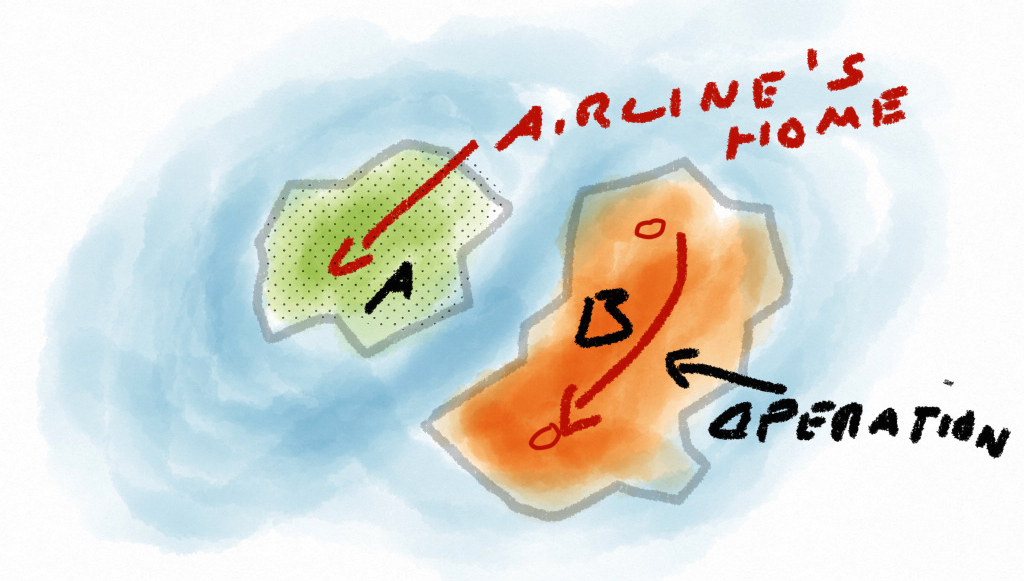
It grants the right to operate air services between destinations of a foreign country without continuing to the home country.
I hope that I could help you to get a little more insight into the complicated world of aviation policy. If you have any questions or remarks: comment below!
Cheers, AP
Hi all! From business meetings to family holidays, we rely on airlines to serve us efficiently, affordably, and friendly. Among the various airlines in operation, southwest airlines stands out as a prime example of what air travel should be like. Southwest Airlines' long-standing commitment to friendliness, reliability, and affordable air travel has earned it a reputation as one of the most customer-focused and preferred airlines in the industry.